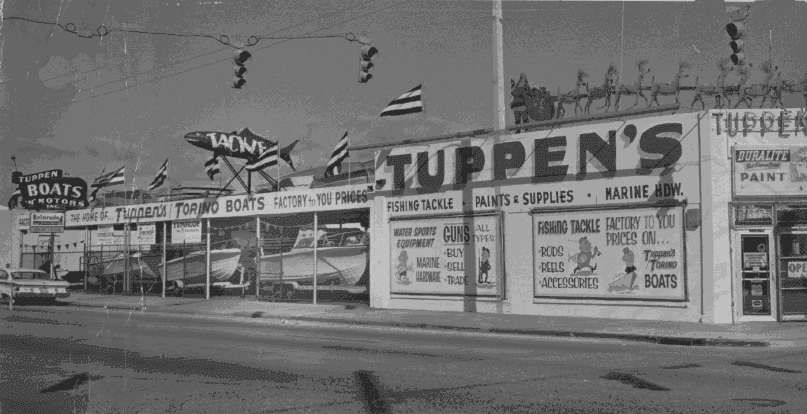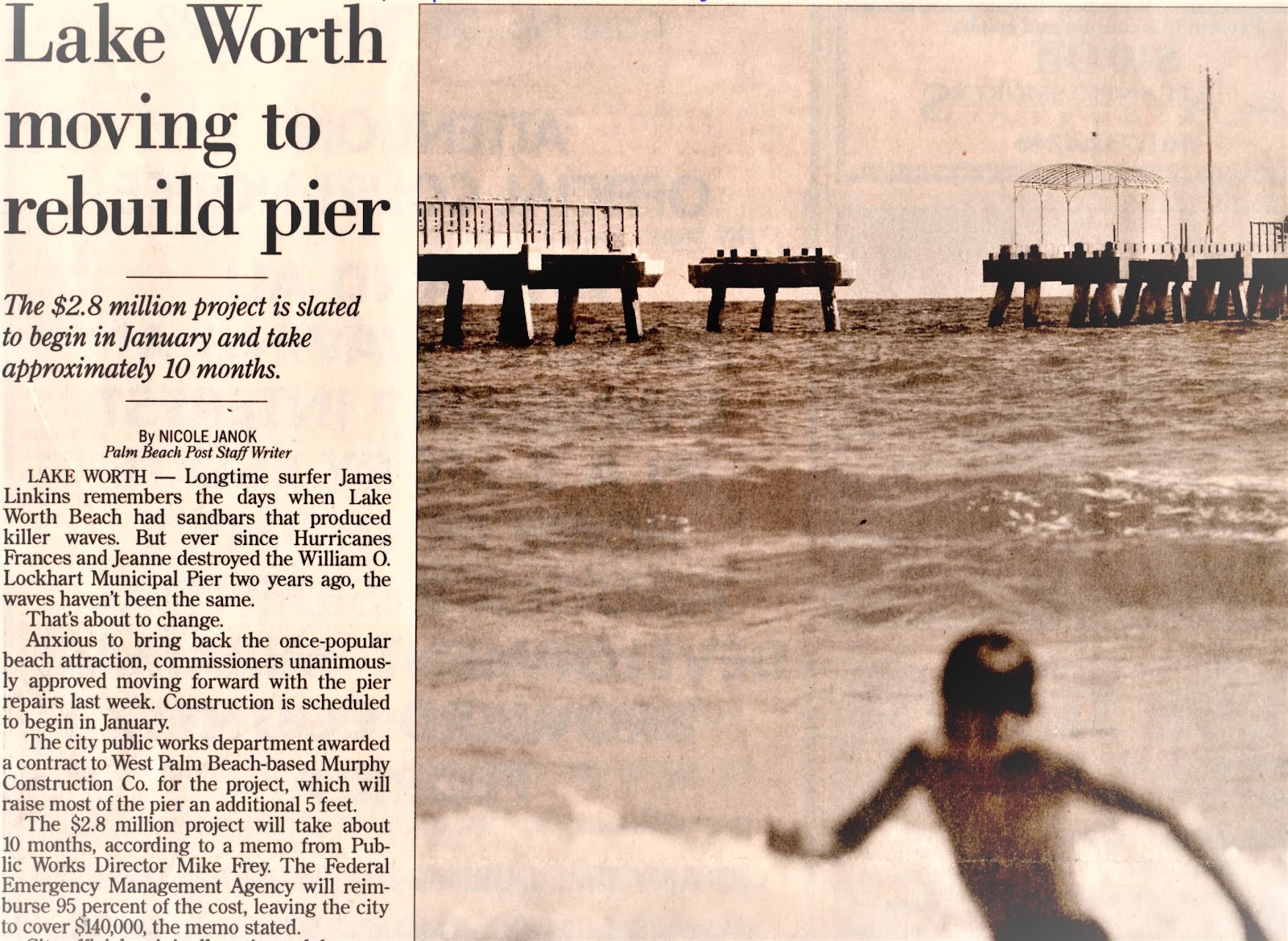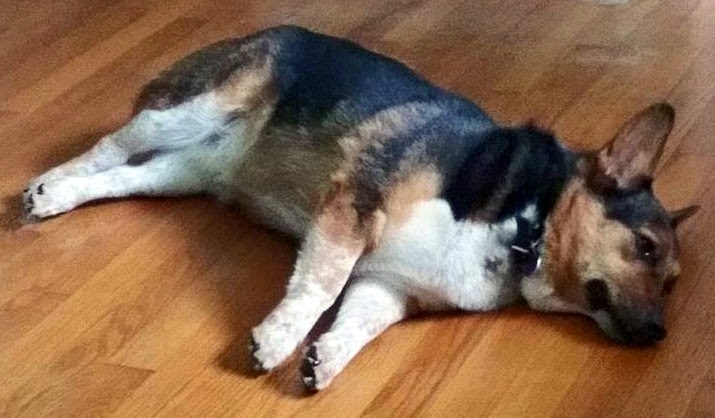 |
| Cape Sabal Seaside Sparrow, Sourse U.S. FWS. |
If you've been following the debate about the Everglades Land Buy, then good for you. It's an important topic. If you haven't been following the debate very closely, then here is how the little sparrow fits into the scheme of things: the little bird is hanging on by a thread and its habitat is a very precarious one. The supporters of the Everglades Land Buy want to restore 'sheet flow' from Lake Okeechobee flowing south into the Everglades which would destroy the birds habitat.
If sheet flow is restored then it's sayonara to the little sparrow and probably more than a few other species of animals as well. The irony here, if you haven't picked up on it yet, is you have the South Florida Water Management District (SFWMD) in the position of having to save the little sparrow from the environmentalists who love to hate the SFWMD. It's complicated.
Anyhow, there's a new plan to save the little Cape Sabal Seaside Sparrow and and here's an excerpt from Christine Stapleton on some details:
The endangered Cape Sable seaside sparrow — a 5-inch long, drab-looking bird — has become a powerful player in the science and politics of Everglades restoration.You can learn more about the little sparrow here.
Protecting the little bird was among the complications cited by the South Florida Water Management District during recent discussions about buying 46,800 acres of land from U.S. Sugar Corp. to build a reservoir south of Lake Okeechobee. Last week, environmentalists filed a federal lawsuit to protect what remains of the sparrow’s habitat.
Water experts today will discuss a program intended to get the water just right for the sparrow nicknamed the “Goldilocks bird” in what remains of its habitat in the southern Everglades.
The program, called the Everglades Restoration Transition Plan, aims to maintain and improve conditions for the sparrow and other species during Everglades restoration. However, that task has proved difficult as water managers and the Army Corps of Engineers struggle to comply with mandates set in lawsuits and to meet the competing needs of other species.





